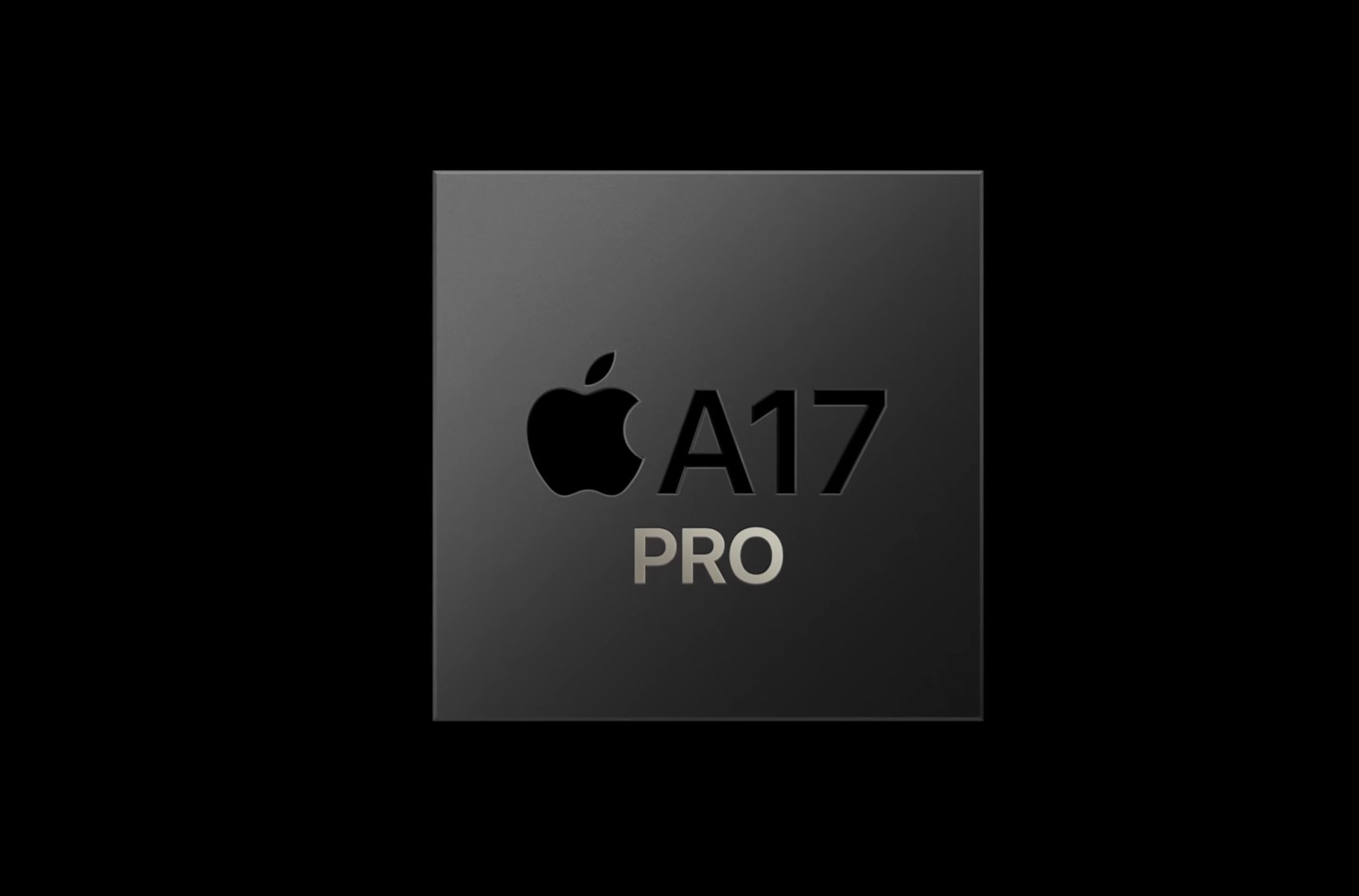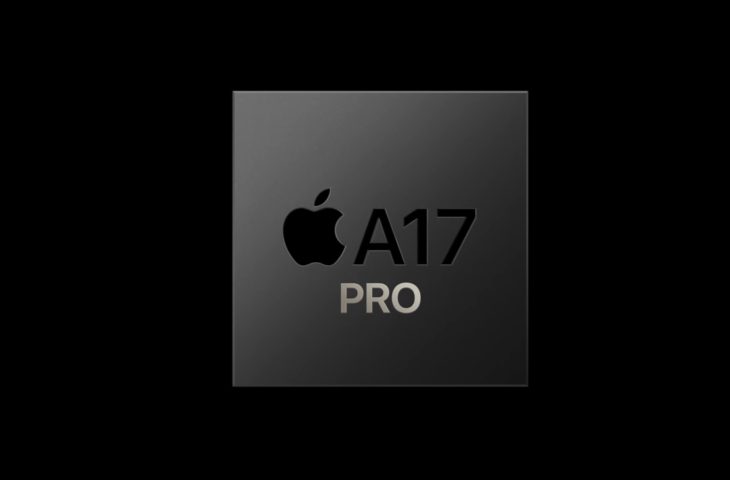Apple A17 Pro chip lightning fast in the first benchmarks
- September 15, 2023
- 0
In Geekbench 6, the new A17 Pro chip in the Apple iPhone 15 Pro performs particularly well and comes close to the top models from Intel and AMD
In Geekbench 6, the new A17 Pro chip in the Apple iPhone 15 Pro performs particularly well and comes close to the top models from Intel and AMD


In Geekbench 6, the new A17 Pro chip in the Apple iPhone 15 Pro performs particularly well and comes close to the top models from Intel and AMD in terms of performance per core.
Even though the iPhone 15 Pro (Max) will only be available from September 22nd, the first benchmarks are already appearing online. In Geekbench 6, a synthetic benchmark that focuses on the CPU, the A17 Pro performs 10.33 percent better than the A16 Bionic on one CPU core. This gain is mainly due to the switch from five to three nanometers.
If you look at the performance increase across all cores, it is disappointing. Apple only makes a profit of three percent here.
| Specifications | Single processor | Multi-core | |
| Apple A17 Pro | 2P+4E, max. 3.77GHz | 2914 | 7199 |
| Apple A16 Bionic | 2P+4E, max. 3.46GHz | 2641 | 6989 |
| Qualcomm Snapdragon 8 Gen 2 | 5P+3E, max. 3.19GHz | 2044 | 5459 |
| Intel Core i9-13900K | 8P+16E/32T, max. 5.80GHz | 3212 | 22458 |
| AMD | 16P/32T, max. 5.70GHz | 3168 | 22042 |
What is particularly noticeable is that Apple’s A17 Pro comes very close to the two top models from Intel and AMD in terms of performance per core. If you look at the multi-core score, both manufacturers are far behind Apple. With six cores, two performance cores and four efficiency cores, chips with four to eight times more cores are unbeatable.
It’s important to emphasize that we can’t draw conclusions from a single benchmark, but it seems true that CPU performance per core has increased for the two performance cores in the A17 Pro. The benefits Apple will gain from moving to 3 nanometers appear to be significant. We will only find out whether the change will also benefit the battery when the device is available.
Traditionally, moving to a smaller process, in this case 3 nanometers, requires scaling down the architecture without much focus on performance improvements. The big speed boost will come in the second year, when the manufacturer has gained another year of experience at 3 nanometers. We won’t know how much progress has been made until this time next year.
Source: IT Daily
As an experienced journalist and author, Mary has been reporting on the latest news and trends for over 5 years. With a passion for uncovering the stories behind the headlines, Mary has earned a reputation as a trusted voice in the world of journalism. Her writing style is insightful, engaging and thought-provoking, as she takes a deep dive into the most pressing issues of our time.